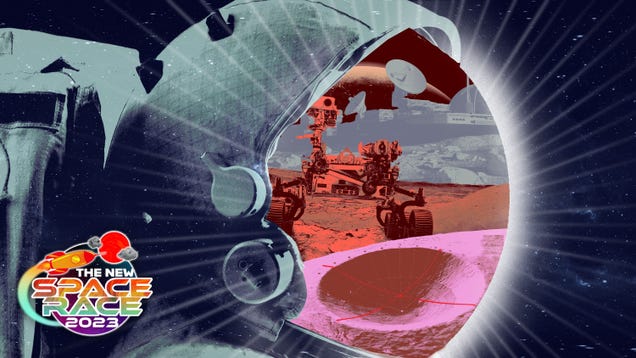
Rocket launches are expensive and laborious, but for decades they’ve been the price of doing business for space agencies hoping to get their latest satellite, telescope, or team of astronauts into the great blue yonder.

Rocket launches are expensive and laborious, but for decades they’ve been the price of doing business for space agencies hoping to get their latest satellite, telescope, or team of astronauts into the great blue yonder.

The Webb Space Telescope recently imaged Supernova 1987A (SN 1987A), one of the brightest supernovae in the night sky and the nearest observed in centuries, according to NASA.
A team of researchers scrutinizing the Extended Groth Strip, a region of space between the constellations Ursa Major and Boötes, saw fewer growing supermassive black holes and less dust than they expected.
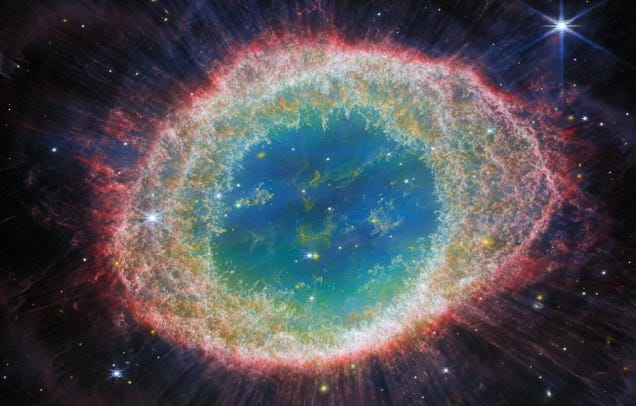
The Webb Space Telescope recently imaged the Ring Nebula with its two primary imagers, revealing the gaseous formation in never-before-seen detail.
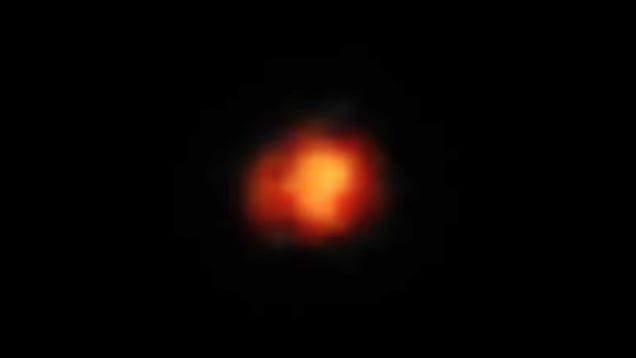
A galaxy first seen in a massive Webb Space Telescope deep field image a year ago is one of the earliest ever spotted, according to a team of astronomers that reviewed imagery of the structure.
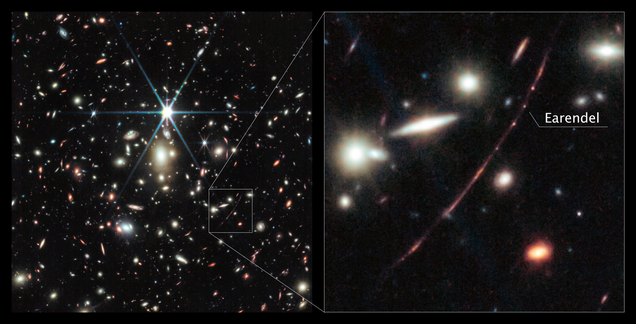
Researchers have trained the unrelenting gaze of the Webb Space Telescope on Earendel, the most distant star ever detected, revealing the star’s color and a potential companion star.
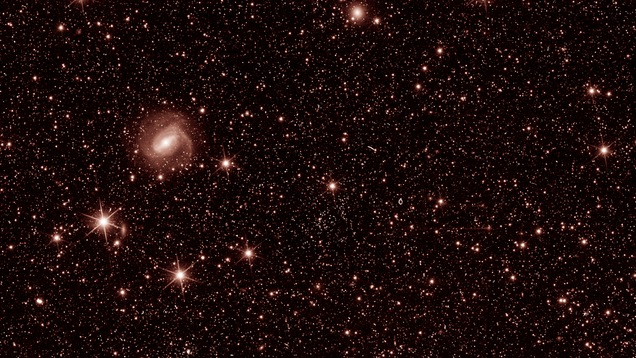
The European Space Agency’s Euclid mission took over 11 years to get off the ground (and Earth), but now the nascent space observatory has produced its first test images of the cosmos.
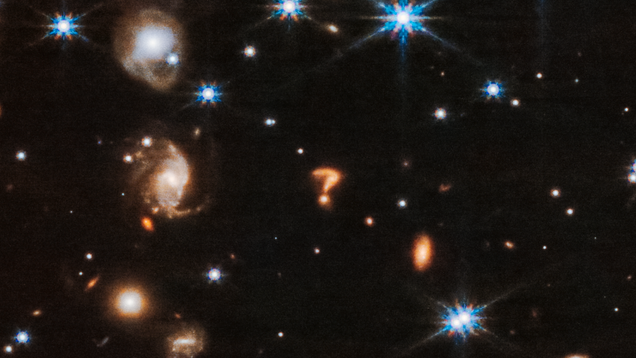
The James Webb Space Telescope captured the eerie punctuation mark, found buried within an image of Herbig-Haro 46/47—a tightly bound pair of actively forming stars located 1,470 light years from Earth.
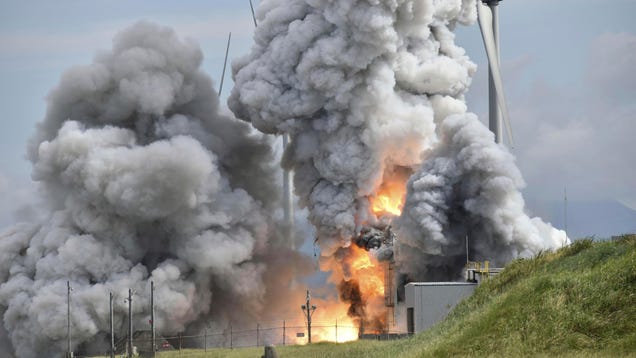
It was another bustling month for spaceflight, the dog days of summer are blazing with the added heat from botched engine tests and a trove of fiery rocket launches. As always, the past month of spaceflight presented a plethora of captivating visuals.
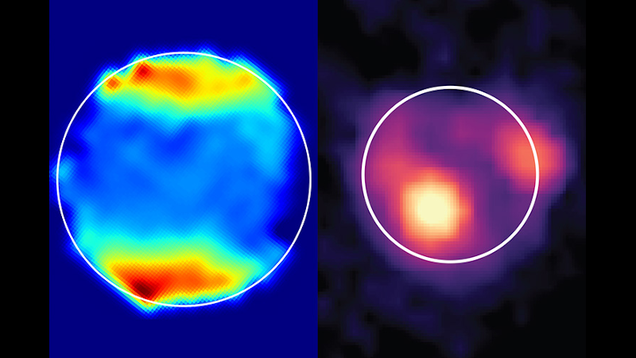
Two new studies associated with the James Webb Space Telescope’s Early Release Science program have been published, and both have to do with Jupiter’s moons, namely Ganymede and Io.